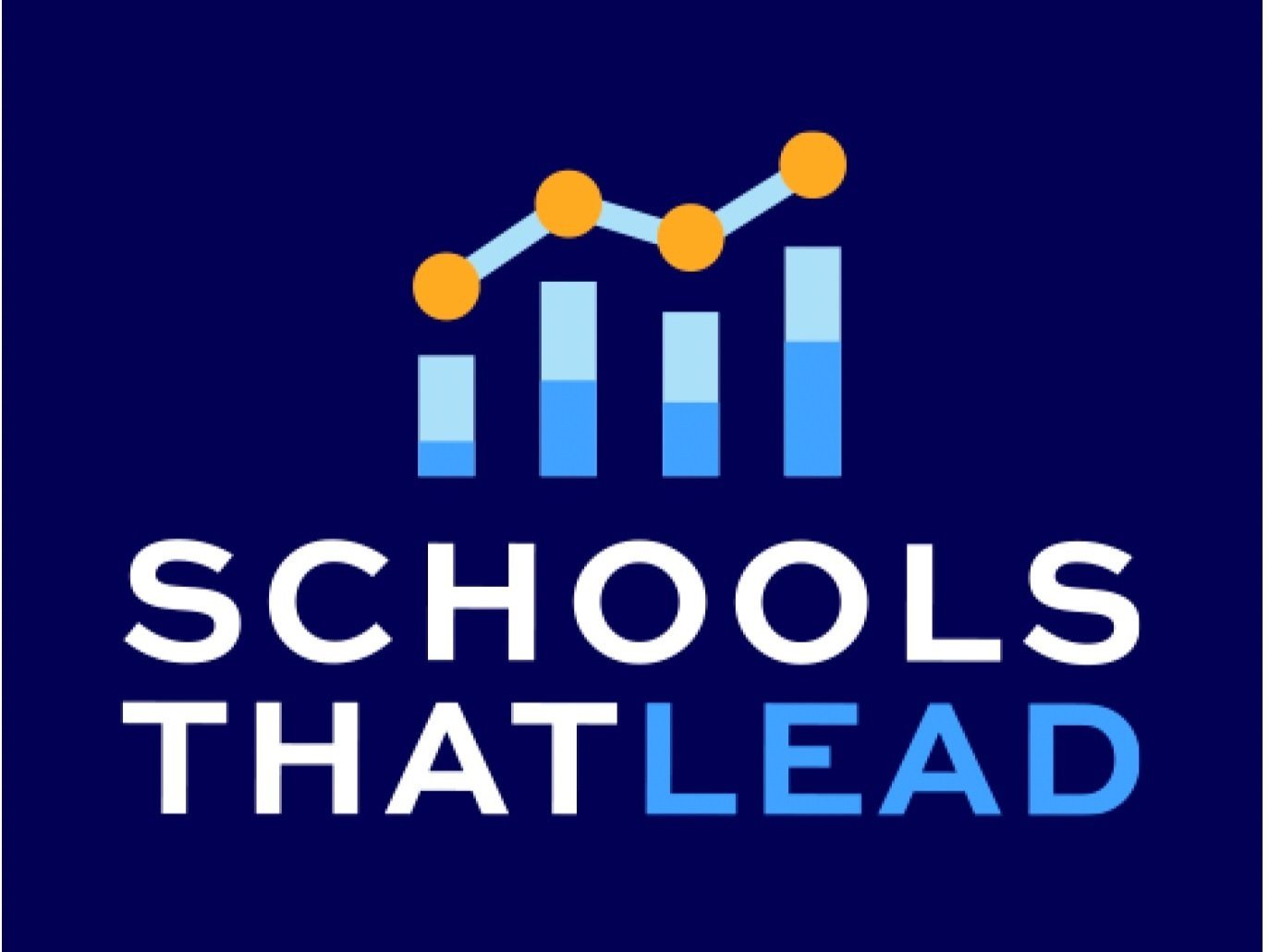Why Education Leaders Need a Professional Development Plan
Improvement science dictates that continuous improvement be pursued. This applies to teachers and other education leaders like principals and superintendents because they are the drivers of a school improvement plan.
A professional development plan helps education leaders gain new skills specific to their role. A standard professional development plan can include attending improvement science workshops, conferences, and earning certifications for a better understanding of one or more approaches to teaching.
Education leaders play a pivotal role in shaping the culture of their institutions. By committing to their professional development through an improvement network like Schools That Lead, school improvement plans can be implemented with a higher level of student success.
What is a Professional Development Plan?
A professional development plan with a focus on improvement science provides the core principles that guide the pace of learning and lay the groundwork for the skill development of professionals in a specific field, like education.
A guided development plan enhances the effectiveness, competence, and career growth of school principals, superintendents, and teachers. Education leaders use professional development plans for self-assessment and a structured approach to development that also establishes goals and objectives.
When education leaders use improvement science and a professional development plan as part of their curriculum, the benefits are passed on to the students because they have higher attendance, and schools see a significantly higher graduation rate.
Why Do Education Leaders Need a Professional Development Plan?
Professional development is crucial to the success of education leaders in both public and charter schools. Here are the key reasons why every education leader needs a professional development plan:
1. Continuous Learning and Growth
Education is a dynamic field that undergoes constant changes due to advancements in teaching methodology, technology integration, and shifting school policies. Leaders need to stay abreast of these changes to ensure they can effectively lead their schools.
If education leaders participate in conferences and webinars, and enroll in advanced courses, they can stay updated on education trends and skill up with the latest best practices. They should also incorporate reflection into the professional development plan to assess their current practices, identify areas for improvement, and set goals for continuous growth.
According to Edutopia, a professional development plan helps leaders identify areas for growth and sets a roadmap for continuous learning. Over time, it fosters a foundation of lifelong learning for students.
2. Adaptability to Change
Education environments are subject to frequent changes, whether it be curriculum updates, changes in assessment methods, or shifts in educational philosophies. Leaders with a professional development plan are better equipped to adapt to these changes, ensuring their institutions remain relevant and effective.
Most professional development programs offer specific training on change management principles, which equips leaders with the skills to guide their teams through transitions smoothly. Leaders can engage in exercises that simulate potential changes in education policies, allowing them to develop proactive strategies for addressing these changes.
3. Enhanced Leadership Skills
Professional development provides teachers, principals, and superintendents with an opportunity to enhance their leadership skills. This may include workshops on effective communication, team management, conflict resolution, strategic planning, and other leadership competencies.
Leaders can also participate in workshops that focus on specific leadership skills like emotional intelligence, effective communication, and strategic decision-making.
Improved leadership skills help education leaders make judicious decisions, collaborate amicably with peers and students, and encourage a positive culture in schools.
4. Technology Integration
Technology is having an increasing impact on classroom management. Leaders need to be familiar with the latest educational technologies and understand how to integrate them into the learning environment. Professional development sessions can include hands-on training in the use of educational technologies, helping leaders become proficient in tools that enhance teaching and learning.
Connecting with experts in educational technology through workshops or collaborative projects provides education leaders with valuable insights into the effective integration of technology. A professional development plan also allows education leaders to stay current with technological advancements and leverage them to enhance teaching and the student learning experience.
5. Improved Student Outcomes
Effective leadership directly impacts student outcomes. Education leaders who invest in their professional development can implement evidence-based strategies that positively influence student engagement and overall well-being.
Leaders can also participate in professional development that emphasizes the use of data to inform approaches to classroom management, enabling them to implement evidence-based practices that boost student grades.
6. Networking and Collaboration
Professional development opportunities provide a platform for leaders to network and collaborate with their peers. Building a professional network allows leaders to share best practices, exchange ideas, and learn from the experiences of others.
Education leaders can participate in professional learning communities (PLCs) and Networked Improvement Communities (NICs) like the ones Schools That Lead maintains, where they collaborate with peers to share successful school improvement practices, discuss challenges, and collectively problem-solve. Collaborative projects with leaders from different schools or districts facilitate the exchange of diverse perspectives and innovative ideas.
7. Establishing a Culture of Learning
Education leaders serve as role models for teachers and students. By actively engaging in professional development, education leaders demonstrate the importance of continuous learning and improvement.
8. Career Advancement
A well-structured professional development plan can contribute to career advancement opportunities for education leaders. Continuous learning and skill development enhance their qualifications and boost their potential for career advancement. When education leaders earn new certifications, it demonstrates a commitment to ongoing professional development and enhances the leader's credibility within the education community.
Frequently Asked Questions:
1. What are some common goals for education leaders in their professional development plans?
Effective instruction remains the cornerstone of most professional development plans for education leaders. NCES data shows over 80% of principals focus on honing their skills in this area, alongside data analysis and fostering a positive school climate. Topics like school improvement planning, policy management, and human resource management also feature prominently. These priorities align with competencies identified by principal professional organizations and academic research, highlighting the importance of continuous learning and adaptability in today's evolving educational landscape.
2. How often should education leaders review and update their professional development plans?
Staying ahead of the curve in education demands regular revision of professional development plans. While a universal review schedule doesn't exist, a semi-annual or annual assessment is generally recommended. This allows leaders to reflect on their progress, incorporate new methodologies, and adjust goals to address emerging challenges, such as changing technologies or evolving equity concerns. By ensuring their plans remain relevant and dynamic, leaders equip themselves to enhance critical leadership skills, improve instructional practices, and ultimately drive better school performance.
3. How do Improvement Science Tools enhance professional development in education?
Improvement Science is a game-changer for education leader development. This data-driven approach equips leaders with tools for continuous improvement and evidence-based decision-making. By applying tools like Plan-Do-Study-Act cycles, leaders can systematically address complex issues, foster collaborative learning among staff, and implement effective strategies for school improvement. This leads to better student outcomes, higher engagement, and more effective leadership. For example, using Improvement Science frameworks to analyze and refine instructional strategies can lead to demonstrably improved student learning outcomes. Ultimately, these tools empower leaders to critically analyze their practices, identify areas for growth, and develop targeted strategies for their own professional advancement.
4. Can professional development plans help in addressing current challenges in education leadership?
Professional development plans are vital in tackling contemporary challenges in education leadership. These plans enable leaders to adapt to evolving educational trends, integrate new technologies, and implement innovative teaching methods. By focusing on areas like data-driven decision-making, inclusive education, and digital literacy, leaders can address challenges such as diverse student needs, technological integration, and changing curriculum standards. Regular participation in professional development activities, such as workshops, conferences, and peer networks, equips leaders with the skills and knowledge to navigate these challenges effectively, ensuring the delivery of high-quality education.
5. How can education leaders balance their professional development with their daily responsibilities?
Balancing professional development with daily responsibilities is a common challenge for education leaders. To manage this, leaders should integrate development activities into their regular schedule, prioritizing those that offer the most significant impact on their skills and school's needs. Setting realistic goals and timelines for professional growth, while delegating tasks and responsibilities where possible, can help maintain this balance. Additionally, choosing flexible learning formats, such as online courses or weekend workshops, allows leaders to pursue development without compromising their daily duties. Regular self-reflection and time management are key to ensuring professional development is both effective and sustainable.
The Bottom Line
A comprehensive professional development plan serves as a roadmap for education leaders to navigate the complexities of the education landscape, ensuring they remain effective, adaptable, and committed to fostering a culture of learning within their institutions. It empowers education leaders to excel in their current roles and be prepared to address the many challenges in the educational domain.
Learn how Schools That Lead helped North Carolina schools have a greater decline in chronic student absences than the state average.

DANA C. DIESEL
Dana is President and CEO of Schools That Lead, Inc. She also teaches courses at Wilmington University on the use of improvement science in schools to students pursuing their doctorates in educational leadership.


